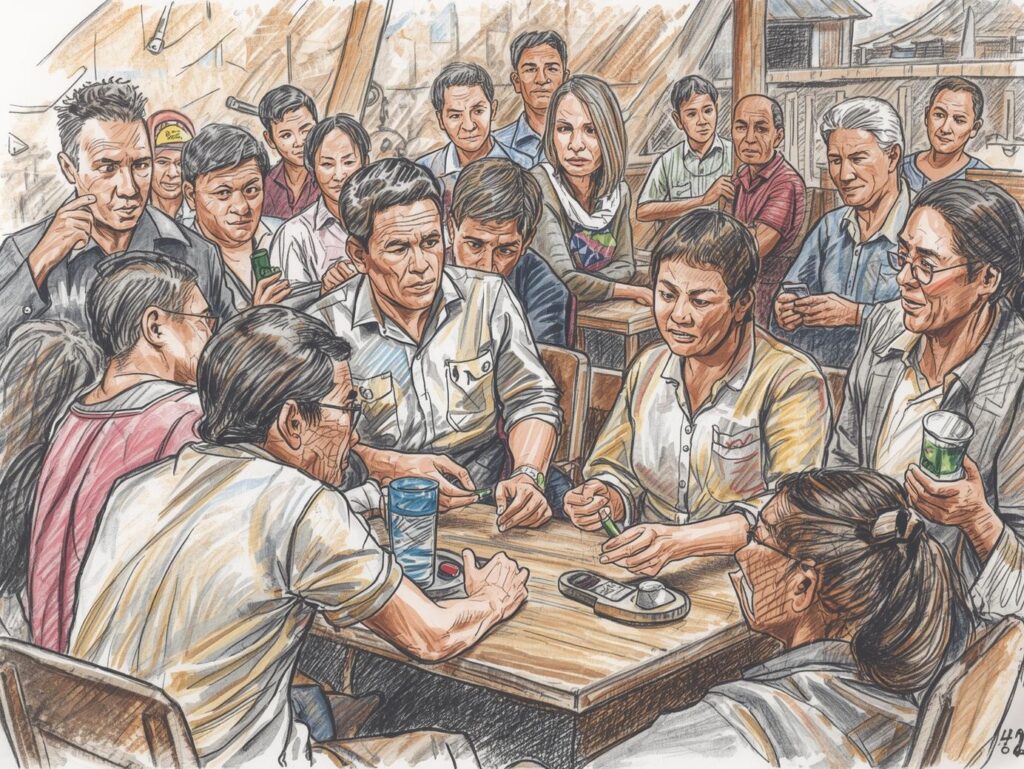Introduction
In an interconnected world, global challenges—such as climate change, public health crises, and social inequality—require solutions that are both innovative and context-sensitive. While technological breakthroughs often make headlines, many of the most effective solutions emerge from local communities that understand their unique needs and resources.
Organizations like CHUYA SONCCO recognize the power of community-driven innovation: empowering local populations to co-create solutions, leverage technology, and address challenges in ways that are sustainable, inclusive, and replicable.

The Importance of Community Innovation
1. Local Knowledge and Context
- Communities possess unique insights into their environment, culture, and social dynamics.
- Solutions that leverage local knowledge are more sustainable and effective.
2. Empowerment and Participation
- Community innovation fosters a sense of ownership, agency, and pride.
- Engaging citizens in problem-solving strengthens social cohesion and resilience.
3. Scalability and Replicability
- Successful local initiatives can be adapted and scaled to other regions or even globally.
- Grassroots innovation often serves as a model for policy and institutional interventions.
4. Sustainability and Resilience
- Community-led solutions prioritize long-term impact, environmental responsibility, and social equity.
- Local participation ensures that initiatives are maintained and evolve over time.
Examples of Community Innovation
1. Renewable Energy Cooperatives
- Rural communities developing microgrids or solar energy projects to provide affordable, clean energy.
2. Digital Health Initiatives
- Local telemedicine centers or mobile health programs that address healthcare gaps in underserved areas.
3. Sustainable Agriculture Projects
- Communities adopting precision agriculture, permaculture, and water management techniques tailored to local climates.
4. Education and Digital Inclusion Programs
- Community-led STEM clubs, coding workshops, and online learning hubs promoting access for youth and women.
5. Waste Management and Recycling
- Local initiatives transforming waste into resources, such as composting programs and small-scale bioenergy projects.
Challenges to Community Innovation
1. Limited Resources
- Financial constraints, lack of technology, and limited infrastructure can hinder innovation.
2. Capacity and Skills
- Communities may need training in technology, project management, and entrepreneurship.
3. Policy and Regulatory Barriers
- Without supportive frameworks, local initiatives may face bureaucratic obstacles.
4. Sustainability
- Innovations may fail without long-term planning, monitoring, and community engagement.
The Role of CHUYA SONCCO
CHUYA SONCCO supports community innovation through:
- Capacity Building
- Training local leaders, youth, and women in technology, problem-solving, and project design.
- Access to Technology
- Providing digital tools, internet connectivity, and equipment for innovation labs and local projects.
- Partnerships and Collaboration
- Connecting communities with universities, NGOs, and private sector partners to scale solutions.
- Funding and Mentorship
- Supporting pilot projects with micro-grants and guidance to ensure successful implementation.
- Documentation and Knowledge Sharing
- Capturing lessons learned, case studies, and best practices to replicate impact in other communities.
Toward Local Solutions with Global Impact
Community innovation demonstrates that global challenges can be addressed from the ground up. Local populations, empowered with knowledge, technology, and resources, can:
- Improve livelihoods and economic resilience.
- Protect the environment and manage natural resources sustainably.
- Enhance social cohesion and participation.
- Inspire national and international policy solutions based on proven grassroots models.
Conclusion
Local solutions matter globally. When communities are equipped to innovate, they generate practical, culturally appropriate, and sustainable solutions that can influence larger systems.
CHUYA SONCCO is committed to fostering community-driven innovation, ensuring that local voices are heard, empowered, and equipped to address global challenges. By combining technology, education, and collaboration, we can create resilient communities capable of driving social, environmental, and economic change, serving as a model for broader development.





